Enterprise-ready data observability, without the learning curve
Validio brings interesting ideas to the table. But when it comes to fast deployment, scalable AI features, and cross-team usability, Sifflet is the platform that gets chosen, again and again. Here’s why modern data teams make the switch.



















Built for Speed, Clarity, and Collaboration
Sifflet stands out by making data observability not just powerful, but truly usable. While Validio requires technical expertise to unlock its full potential, Sifflet is built for speed, clarity, and collaboration.
Its AI agents proactively surface what matters, its alerts come with context, not confusion, and its interface is designed so both engineers and business users can get value from day one.
No steep learning curve, no wasted time, just fast, scalable observability that fits into how your team already works.






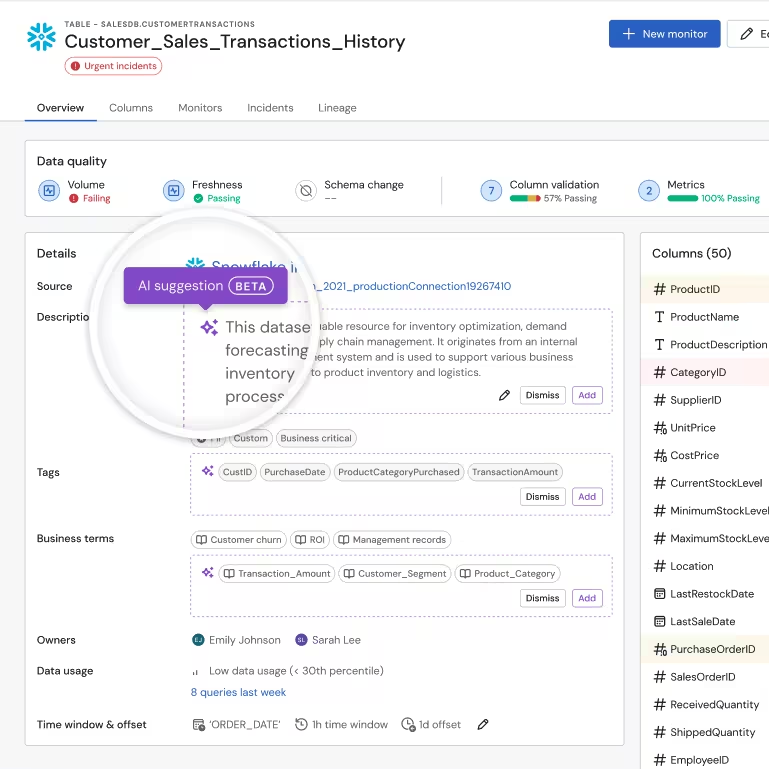
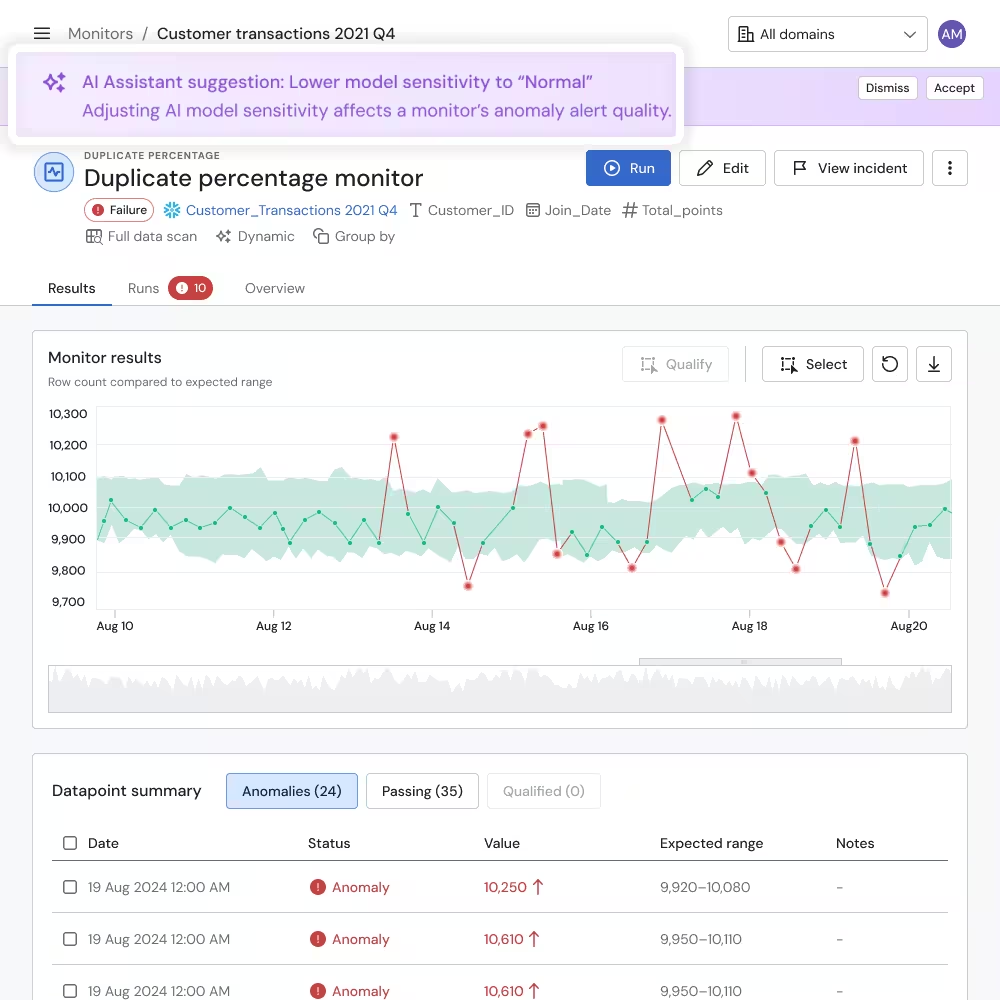
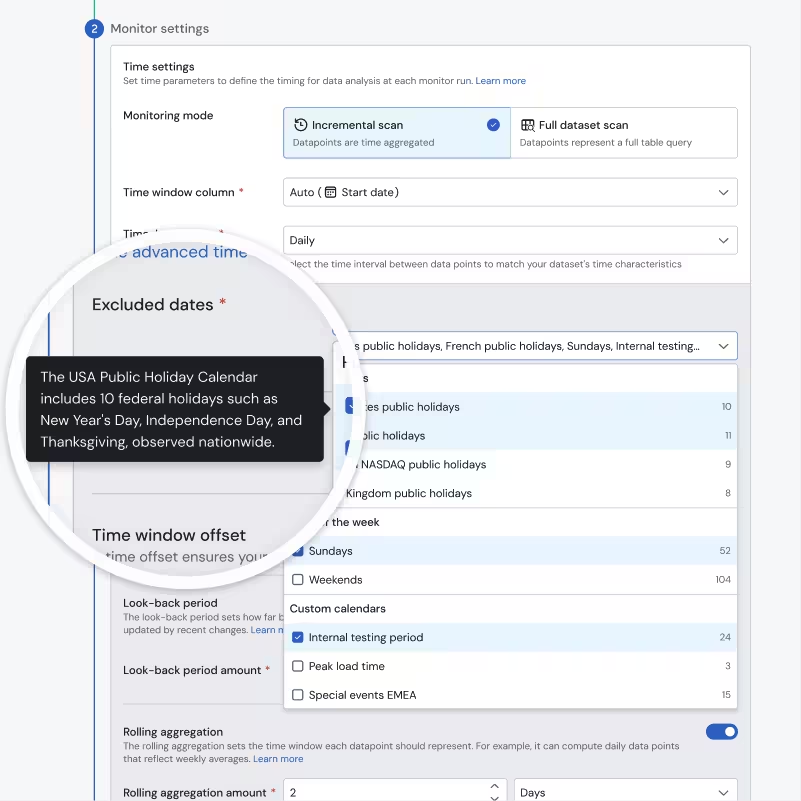
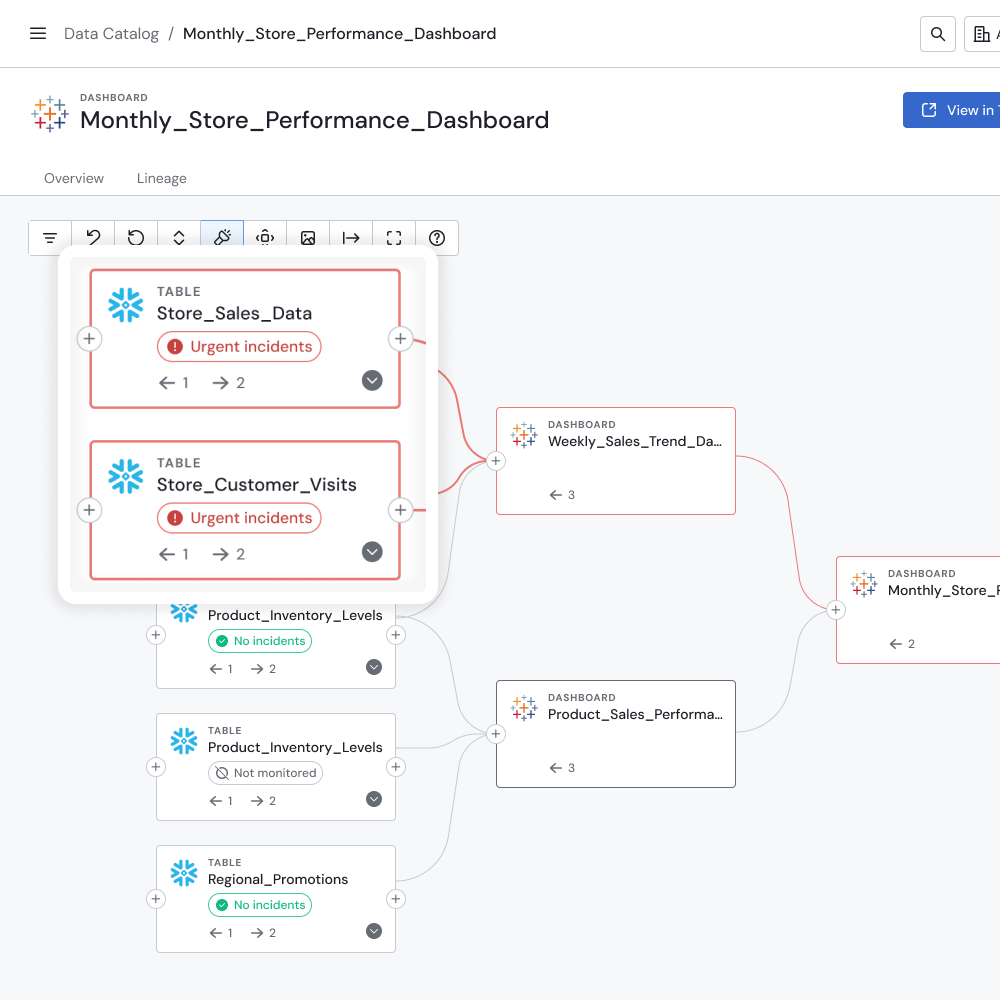
Power is Good. Usability is Better.
If you're looking for a data observability platform that’s intuitive, scalable, and AI-ready from day one, Sifflet is your answer. Validio offers power, but Sifflet delivers clarity, speed, and business alignment.



End-to-end observability from ingestion to BI, including pipelines & metrics
Strong coverage focused on cloud data warehouses


AI-assisted triage with impact mapping and suggested actions
Basic diagnostics, requires manual investigation


Full-column, cross-system lineage enriched with business context
Limited lineage with technical focus


Embedded catalog with contextual metadata, custom tags, and annotations
Foundational metadata capabilities


Contextual, low-noise alerts surfaced in Slack, email, and downstream tools
Highly configurable, but setup can be complex


Designed for scale and simplicity across both tech and business teams
Flexible but technical; not always intuitive at scale


Broad integration set: warehouses, orchestration, BI, ticketing, and more
Covers core warehouse tools (BigQuery, Snowflake, etc.)
There's no one size fits all.
When it comes to data observability platforms, there's no one size fits all.
Chat with one of our experts today to learn more about Sifflet and if it's the right option for you.























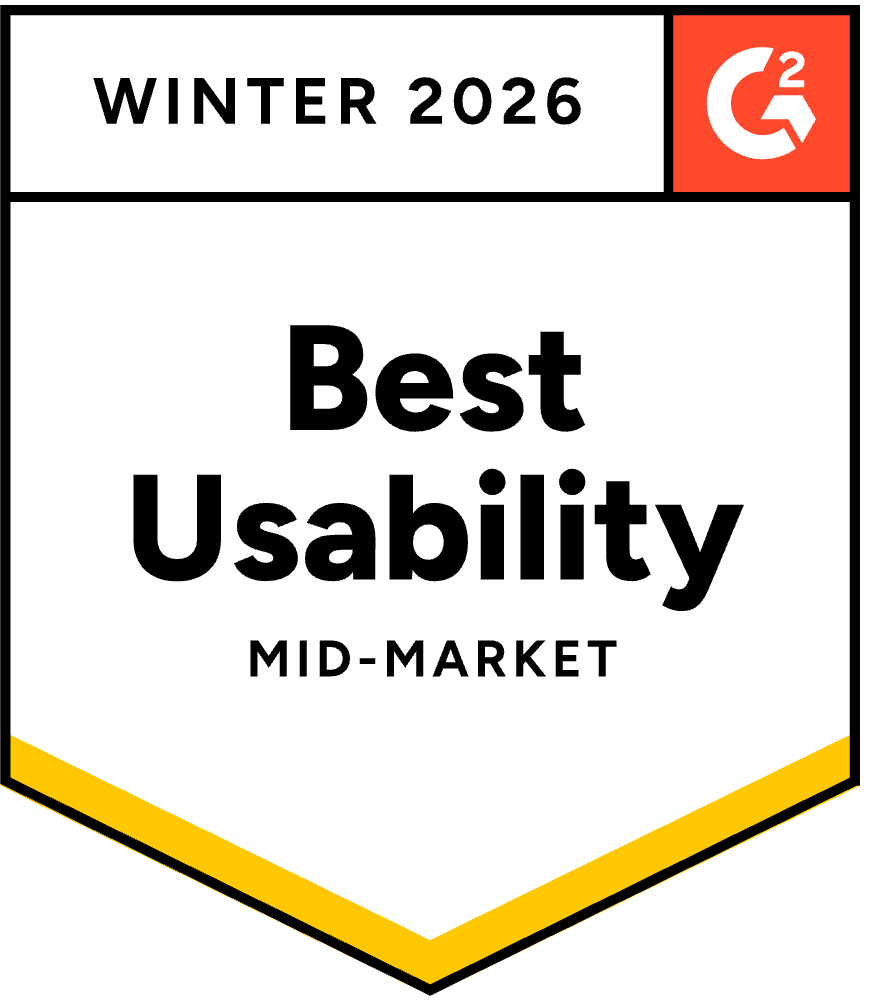


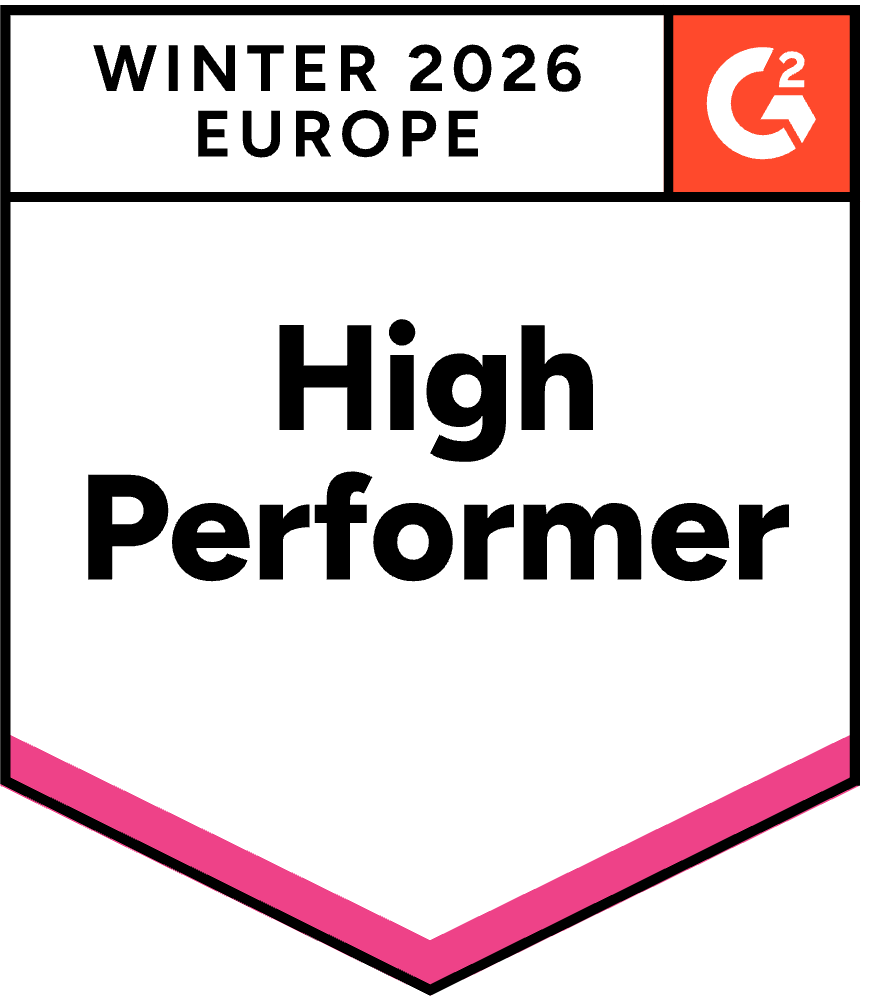

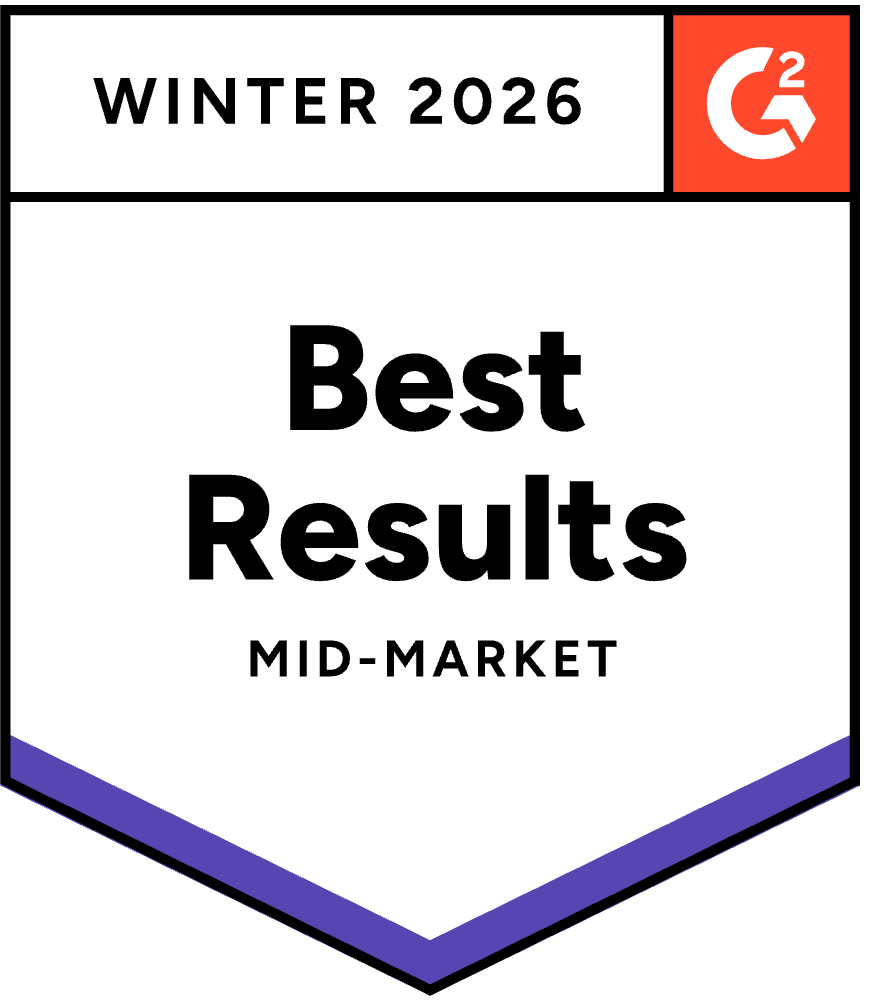





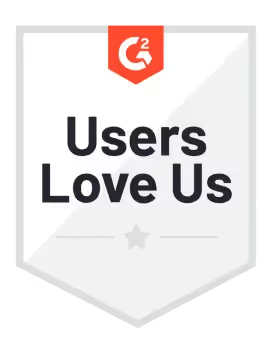
-p-500.png)
